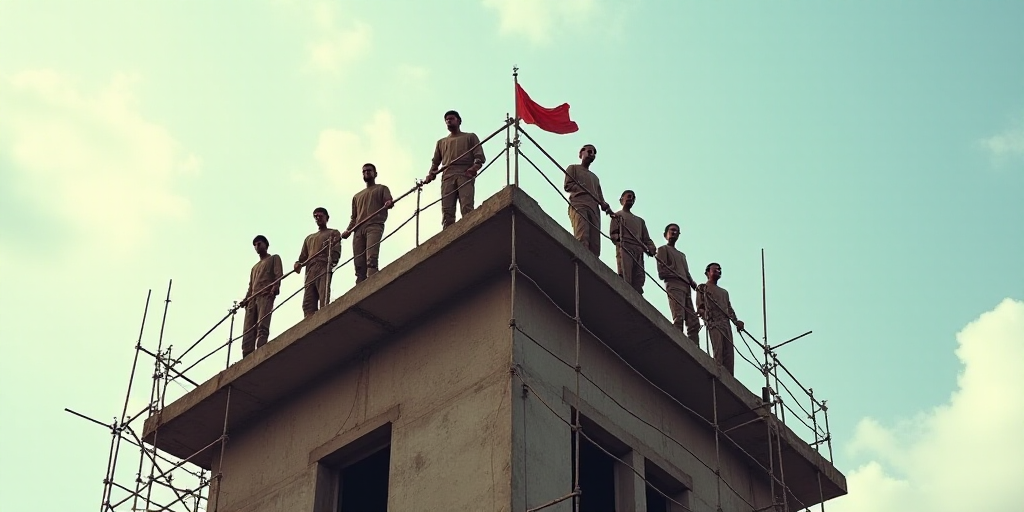Introduction
In the midst of the announcement of the new US trade policy, Mexico has seen a predominantly cautious sentiment among investors in April, while consumers have shown renewed optimism. The Mexican National Institute of Statistics and Geography (Inegi) released reports on April 28th, revealing conflicting signals from gross fixed capital formation (investment) and private consumption.
Gross Fixed Capital Formation Falls 7.7%
Gross fixed capital formation, a key indicator of investment, decreased by 1.7% in April compared to the previous month, placing it at a 7.7% lower level than April 2024. This marks the eighth consecutive monthly decline, with the most significant drop since a 9% fall in January 2021. The recent downturn reflects cautiousness regarding North American trade integration amidst the uncertainty generated by the US’s new reciprocal tariff policy, which, although excluded Mexico, caused nervousness about its future trade arrangements with other countries.
President Claudia Sheinbaum acknowledged the impact of US tariffs and related measures on Mexico’s economy during her morning address. She highlighted that although there are short-term impacts, both public and private construction sectors in Mexico are recovering. The Plan México aims to compensate for potential losses in various sectors and regions of the country.
Private Consumption Reacts Positively
Contrary to investment trends, private consumption in Mexico showed growth in April. The Indicador Mensual del Consumo Privado (IMCP) reported a 1.1% increase compared to March, resulting in a 0.7% rise from April 2024. This positive development broke a four-month streak of declines and surprised even Inegi’s preliminary estimates.
Despite the optimistic consumption data, other indicators pointed to a less favorable consumer performance. The confidence of consumers continued to deteriorate, with the Index of Consumer Confidence showing a 0.6-unit decline—its sixth consecutive monthly drop. However, there was a net addition of nearly 170,000 new jobs, according to Inegi’s National Occupation and Employment Survey. Although most were informal jobs, there was an overall positive trend.
Remittances from abroad decreased by 12.1% to $4,761 million due to peso depreciation against the US dollar. Still, they were 4.8% higher in real terms. Credit to consumers grew at a double-digit rate, expanding by 10.4%, according to Banco de México data.
Key Questions and Answers
- What is the current state of investment in Mexico? Investment (gross fixed capital formation) has been declining, with a 7.7% decrease compared to the same period last year. This trend reflects investor caution due to uncertainties surrounding US trade policies.
- How is private consumption performing in Mexico? Private consumption has shown resilience, growing by 0.7% compared to the same month last year. This positive development contrasts with the declining investment trend.
- What factors are influencing these economic indicators? Uncertainties surrounding US trade policies, reform of telecommunications and competition laws, and low citizen participation in judicial elections have all contributed to the current economic situation.






